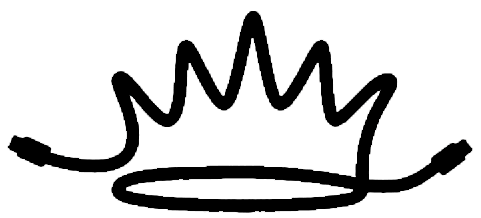OVERVIEW
Broken Night, an interactive virtual reality narrative thriller produced by Eko, Hidden Content, and Realmotion in association with Irving Harvey, is an example of a less conventional post solution in which Irving Harvey is able to use its resources and experience to provide a solution for a project with unique technical needs.
In Broken Night, the viewer watches the film as one would read a choose-your-own-adventure style book. At several points throughout the film the viewer is presented with multiple options as to what can happen yet, leading the film down a number of different branches depending on their choices. Even though the film is short on a single viewing, the actual total length of all the content produced is much greater. With the VR elements of many cameras and stereoscopic imaging added, the amount of footage required is enormous. As such, the project presented a huge challenge to manage the huge quantity of media required at all steps in the post production process.
Irving Harvey was brought in to act as the post production partner to work with interactive video company Eko, VR production company Hidden Content, and VFX company Realmotion. Irving Harvey designed and serviced a post solution that offered technical guidance throughout the entirety of the project as well as facilitated the capture, workflow, and processing of this large amount of media.

